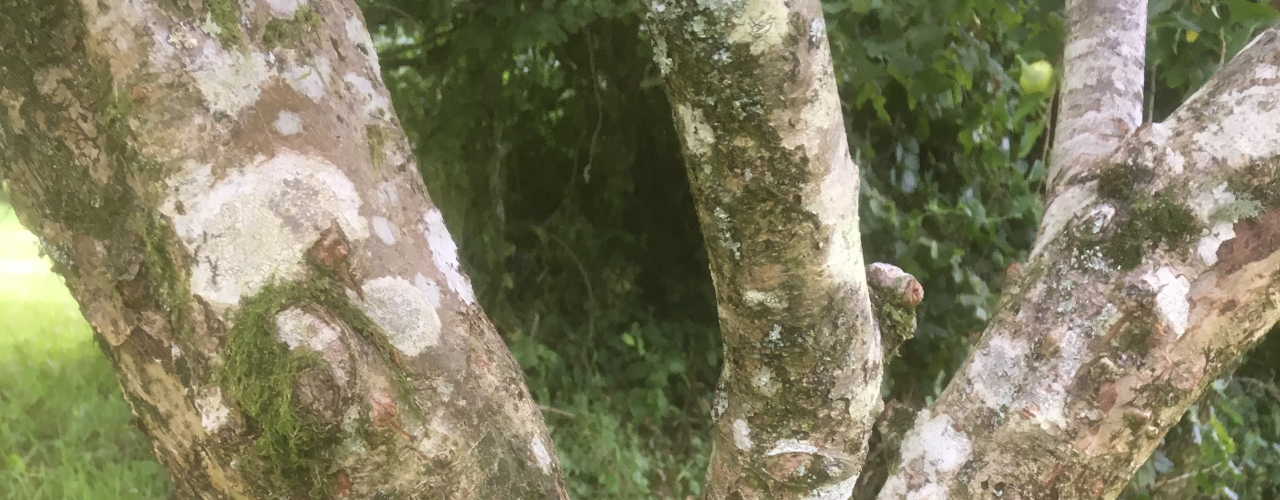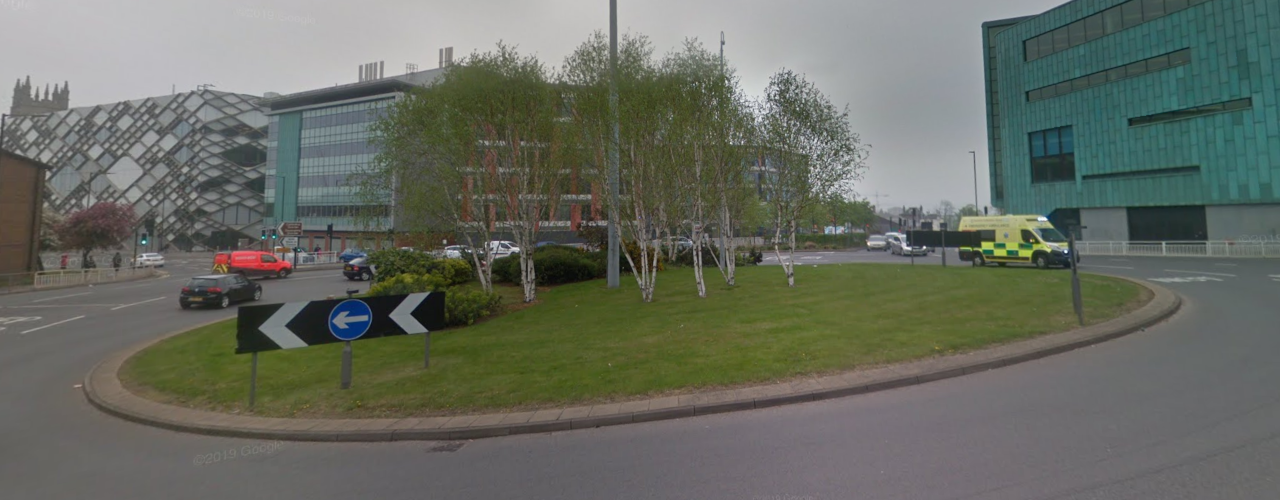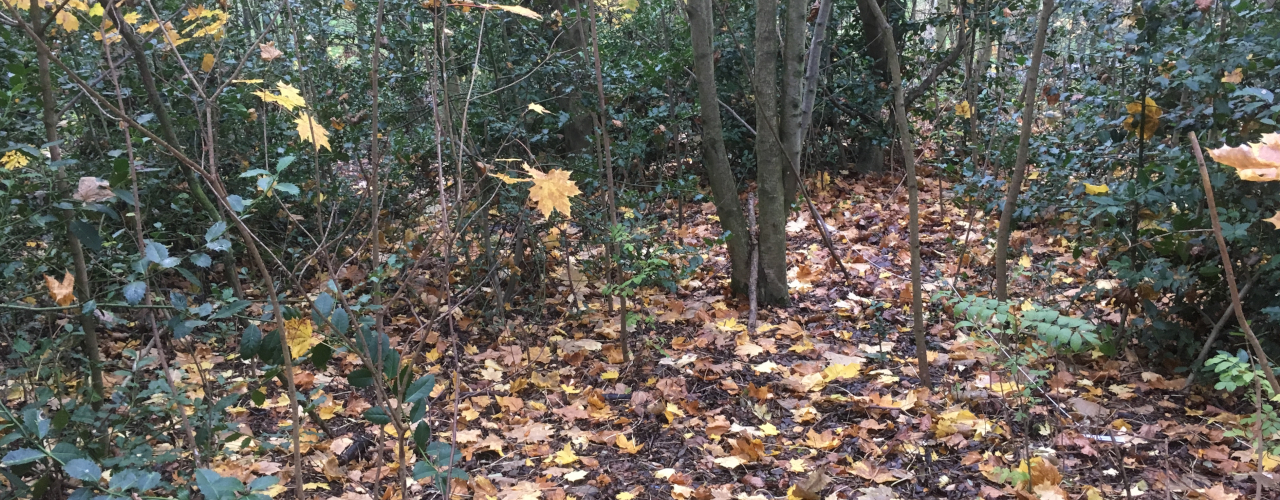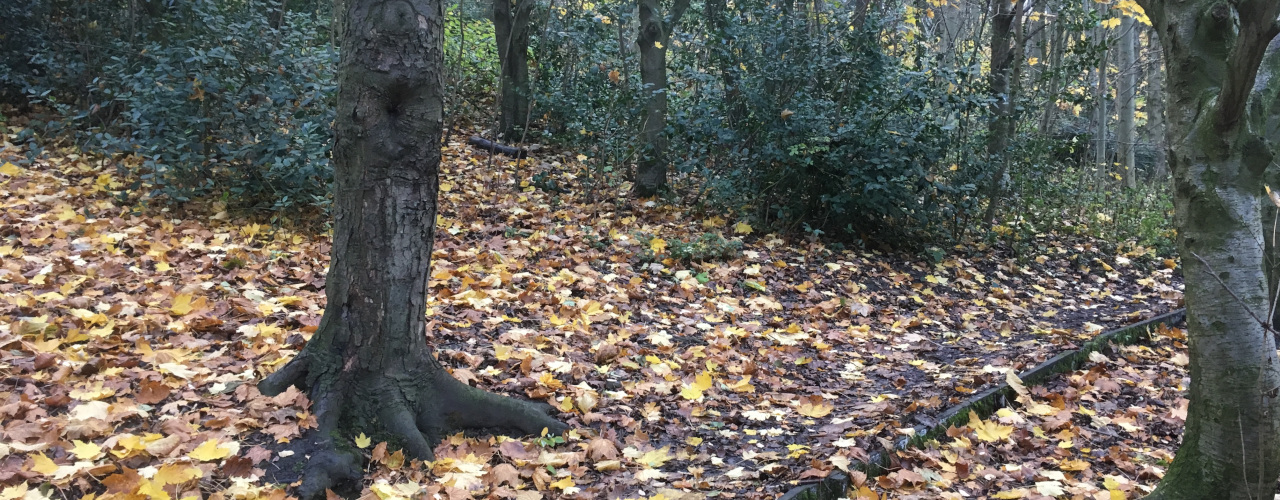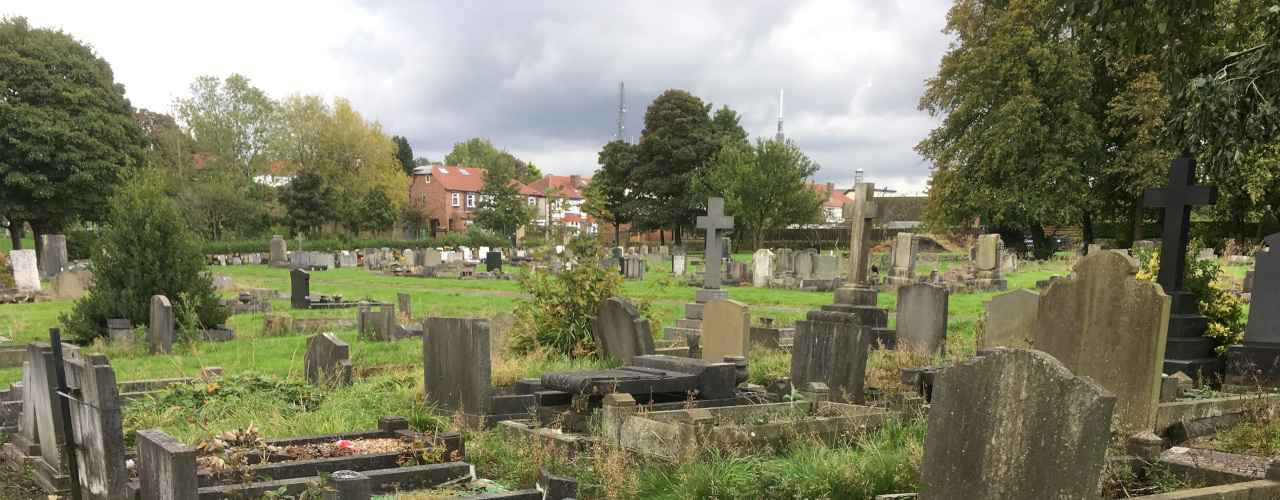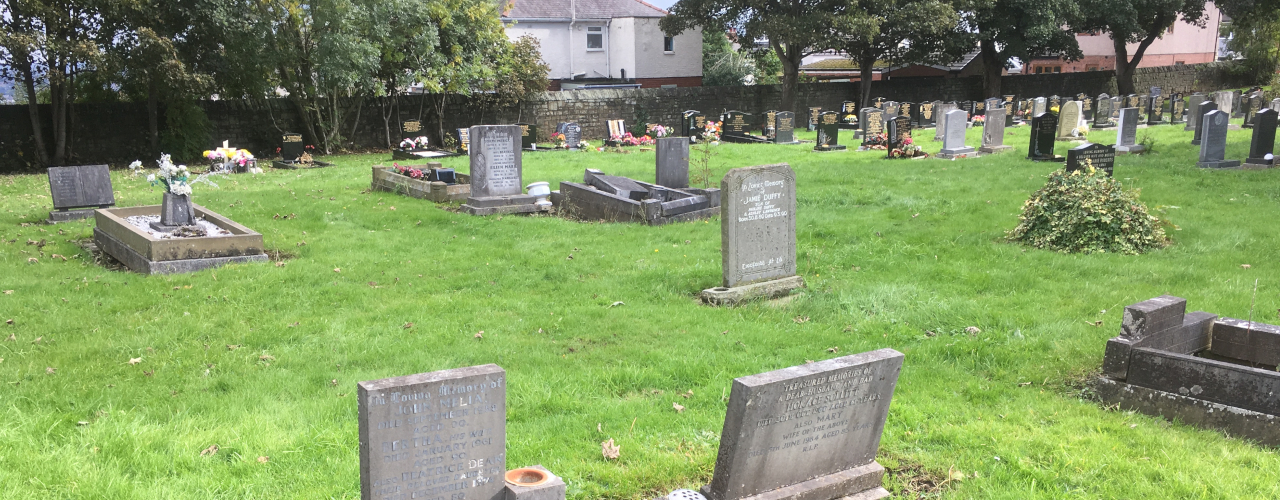Designing With Tree Bark (Part 3) - Tree Positioning
So where can we position trees with interesting bark to get the most out of their visual interest?
As the trunk of a tree occupies a much smaller area of the human eye compared to the foliage of the tree canopy, human proximity to the tree needs to be much closer in comparison to maximise the visual impact of tree bark.
For this reason, it is generally better to specify trees with textural bark in pedestrian/static/slow moving spaces, such as near seating, or within play areas where people will be in close proximity to the trees in question, and have the time to notice and appreciate the surrounding landscape.
This is in contrast to a dynamic/fast moving space like a roundabout, where drivers and car passengers will have less time to take in these detailed characteristics. In this case species selection for aesthetic qualities might be better selected by foliage interest instead.
As a general rule, trees with peeling barks generally have a larger detail scale (as the peeled bark is larger in size), meaning the detail can be viewed from further away compared to patterned trees, or trees with rough/fissured bark. As such peeling barks could be considered the preferable bark texture in dynamic/car dominated spaces where the distance to the tree trunk is greater, and there is less time to view the texture.
On the opposite end of the scale hairy/fibrous barks have a much smaller texture scale and as such require very close proximity to the trunk (preferably touching distance) to clearly see the fine hair-like strands of bark.
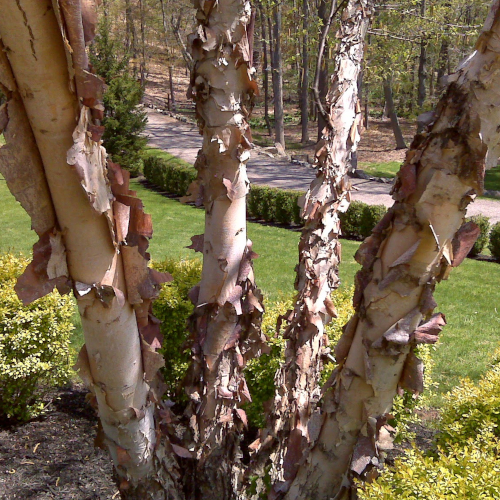
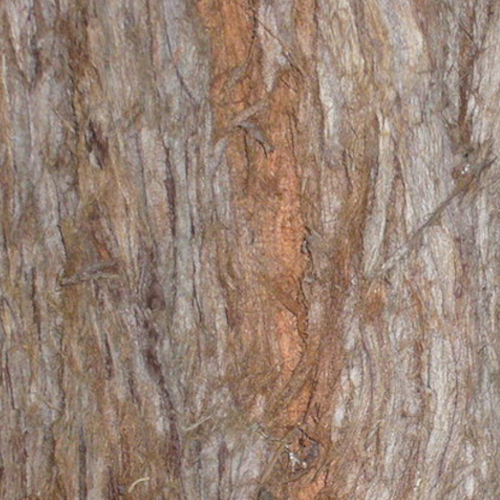
Patterned barks, and rough/fissured barks textures are more variable in scale, and as such need to be considered on a more species by species basis.
For definitive values and calculations, refer to the next post, which will consider factors such as visual acuity and the scale of tree bark textures, to provide an optimal viewing range for tree bark.
